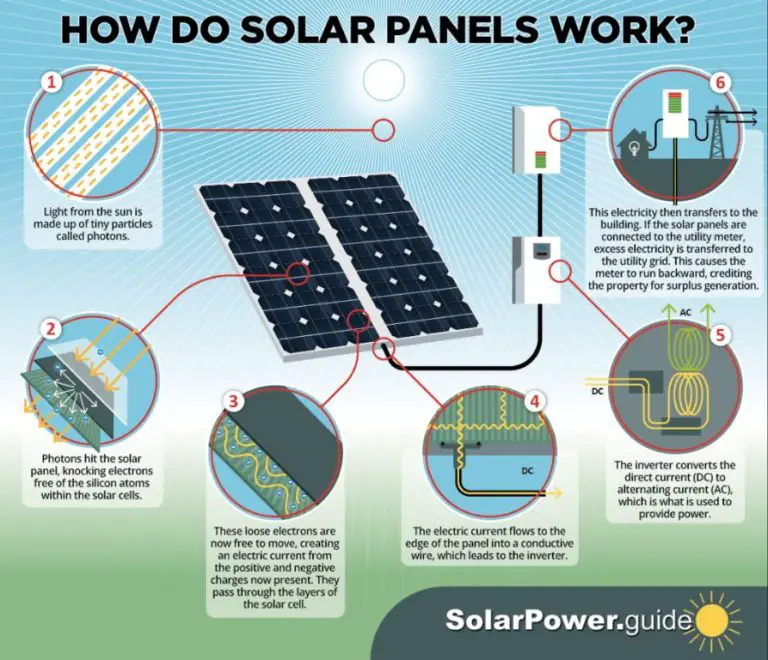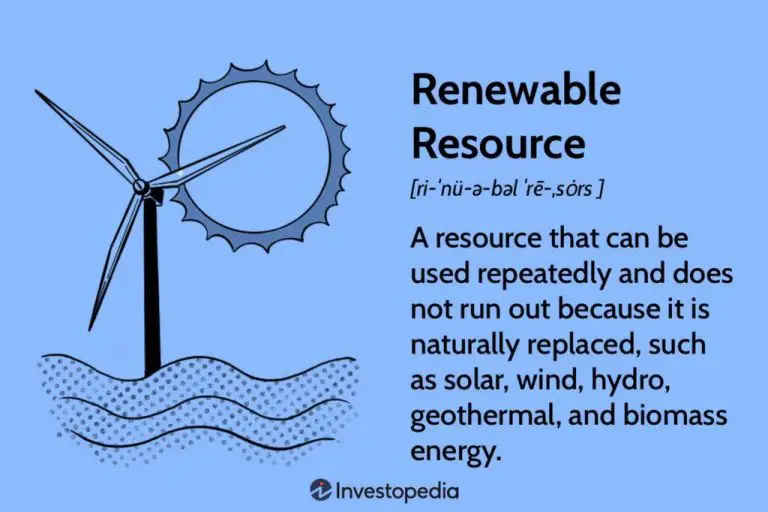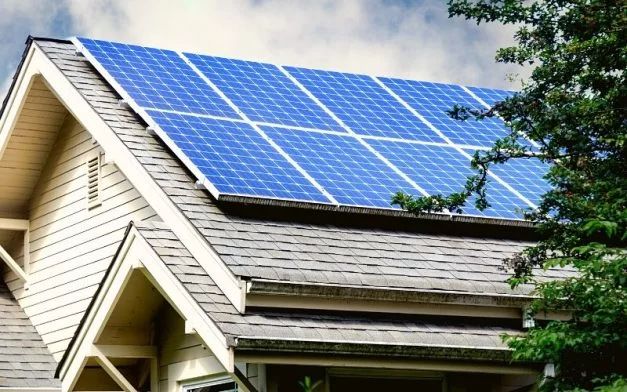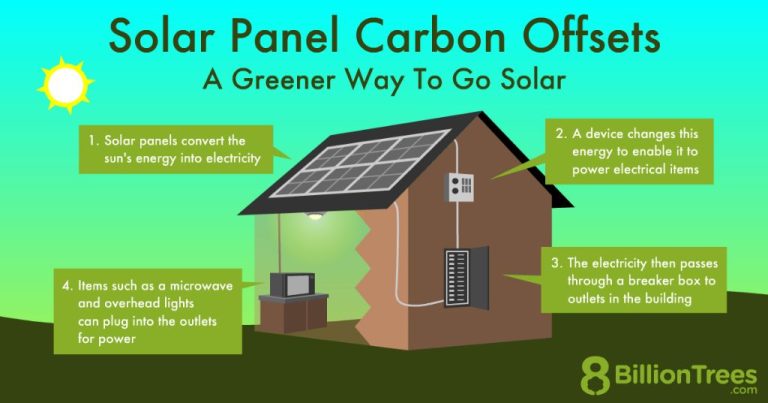What Solar Energy Can Be Used For?
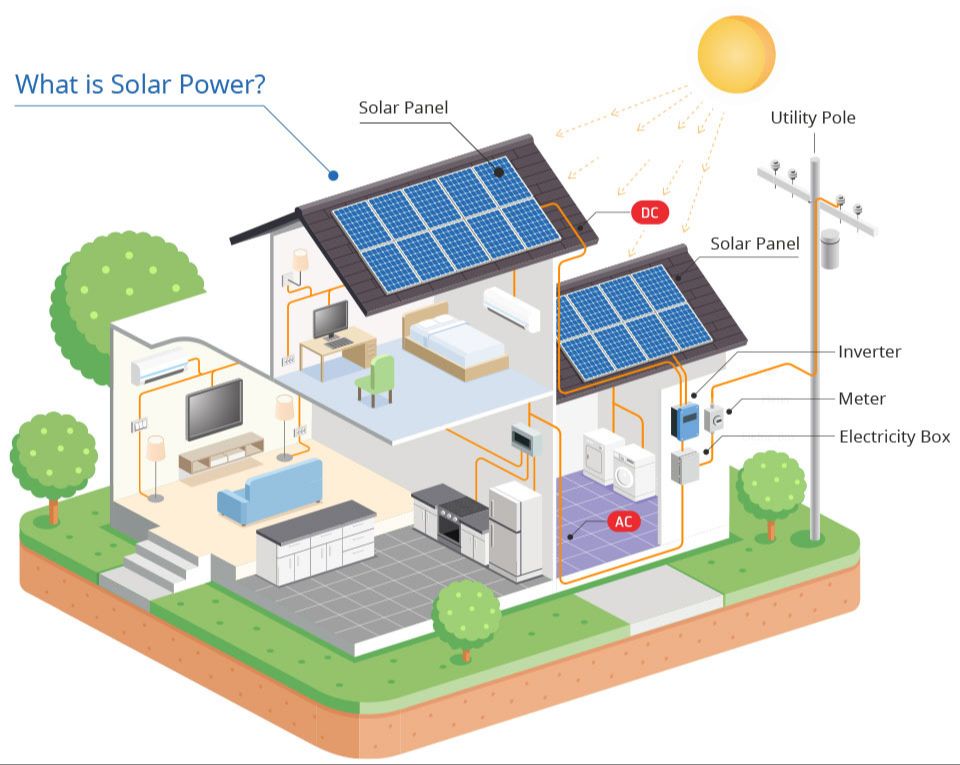
Solar energy is the radiant energy emitted by the sun, which can be captured and converted into useful forms of energy such as heat and electricity (Energy.gov). Solar energy is the most abundant energy resource on Earth, with the potential to provide for all of humanity’s energy needs (Freedom Solar Power). Some key uses for solar energy include generating electricity, heating water, cooking food, charging devices, and powering vehicles. Solar provides a clean, renewable alternative to fossil fuels that reduces greenhouse gas emissions and our dependence on oil and coal. This article will explore the many uses and benefits of harnessing the sun’s radiant energy.
Generate Electricity
One of the main uses of solar energy is to generate electricity through solar panels. Solar panels consist of photovoltaic cells that convert sunlight into direct current electricity. This electricity can be used to directly power homes, businesses, and devices, or it can be fed into the grid to supply electricity more broadly.
According to the U.S. Energy Information Administration, solar energy accounted for 3.4% of total U.S. electricity generation in 20211. This share is expected to grow as solar panel installations increase. Many homes and businesses now have rooftop solar panels to generate some or all of their own electricity usage.
Utility-scale solar farms with thousands of panels are also being built to generate larger amounts of solar electricity and feed into the grid. According to one estimate, solar electricity generation is projected to increase by 26% globally in 2022 compared to 20212. As solar panel costs decrease and efficiency increases, solar energy will likely continue displacing fossil fuel electricity generation.
Heat Water
One of the most common uses for solar energy is heating water. Solar water heating systems use solar collectors, usually installed on the roof, to heat water during daylight hours. The heated water is then stored in an insulated tank for use when needed.
Residential solar water heating systems can provide an estimated 50-80% of hot water needs. They work well in climates with at least 4 hours per day of direct sunlight. Solar water heating systems can reduce electricity or gas consumption for water heating by 50-80%, providing a good return on investment over time [1].
Larger commercial systems can meet nearly 100% of hot water demand for hotels, laundromats, car washes, factories, and other businesses with high hot water usage. The upfront cost tends to be higher than residential systems, but the payback period can be under 5 years with utility bill savings [2].
With proper installation and maintenance, solar water heating systems can provide decades of reliable hot water production with free energy from the sun.
Cook Food
Solar cookers use the sun’s energy to cook food instead of traditional fuels like charcoal, wood, or gas. There are different designs of solar cookers like box cookers, panel cookers, and parabolic cookers. Some key benefits of using solar cookers include:
- Reduce the use of fuels like charcoal and wood which contribute to deforestation and indoor air pollution.
- Save money and time spent gathering traditional cooking fuels.
- Prevent burns and reduce risk of fires from open cooking fires.
- Allow food to be cooked even when electricity is unreliable.
- Require no fuel costs after the initial purchase.
- Lower carbon emissions compared to stoves using wood, charcoal or kerosene.
Solar cookers are simple, safe and sustainable tools that harness the free and abundant energy from the sun to cook meals. With benefits for health, environment and finance, increased adoption of solar cookers could empower millions of people worldwide. As per this case study, solar cooking programs need good training and community engagement to achieve high adoption rates.
Charge Devices
Solar chargers and solar power banks have seen tremendous growth in recent years as more devices become dependent on portable power. The global market for solar chargers reached $321 million in 2021 and is projected to grow to over $700 million by 2030, representing a compound annual growth rate (CAGR) of 9% (SEIA). Similarly, the market for solar power banks is expected to grow from $464 million in 2021 to over $1.3 billion by 2028, a CAGR of 15% (SEIA).
This growth is being fueled by increasing consumer demand for off-grid and renewable charging solutions for phones, tablets, cameras, and other electronics. Solar chargers and power banks allow users to charge devices anywhere the sun shines without needing access to the electrical grid. They have become especially popular for activities like camping, hiking, and other outdoor recreation where wall outlets are not available.
Solar-powered charging stations are also becoming more prevalent in public spaces like parks, beaches, and city sidewalks. Major cities including New York, London, and Shanghai have installed solar-powered charging kiosks to allow anyone to conveniently top up their phone battery while out and about. These charging stations demonstrate how solar energy can provide off-grid power across entire communities.
Desalinate Water
Solar energy can be used to desalinate or purify saltwater. The most common solar desalination technology is the solar still. Solar stills use solar energy to evaporate saltwater and collect the condensation as drinkable freshwater. This simple and low-cost technology uses passive solar heating in an enclosed greenhouse-like structure. The heat causes the saltwater to evaporate, leaving behind the salts, and the water vapor condenses on the glass where it drips down into a collection trough. Solar stills can produce 5-10 liters of freshwater per square meter per day.
Other solar desalination technologies include membrane distillation, multi-stage flash distillation, and electrodialysis. These utilize PV panels to generate electricity to power pumps and other components. While more complex and expensive than solar stills, larger-scale operations like reverse osmosis can produce thousands of cubic meters of freshwater per day using solar electricity. With many regions facing freshwater scarcity, solar desalination provides a sustainable solution by turning seawater into a viable water source.https://swincorpenergy.com/solar-desalination-process-types-working-benifits/
Light Homes & Streets
Solar lighting is being increasingly used to provide lighting for homes and streets in remote off-grid locations. According to one source, the global solar lighting system market size is projected to reach USD 10.8 billion by 2024, growing at a CAGR of 15.6% from 2019 to 2024 (https://www.marketsandmarkets.com/Market-Reports/solar-lighting-system-market-207347790.html). Solar lighting allows affordable, renewable lighting without the need for connection to an electricity grid.
Some key trends in using solar lighting for homes and streets include:
- Increased light output from LED technology allowing brighter illumination (https://www.uslightingtrends.com/trends/6-trends-in-solar-area-lighting/)
- More durable and weather-resistant solar panels and fixtures
- Integrated lithium-ion batteries for longer energy storage
- Smart sensors and controls for automated on/off switching
Solar lighting provides a clean, cost-effective solution for providing basic illumination needs, especially in rural or remote regions. Advancements in solar panel efficiency, battery storage, and LED brightness continue to make solar lighting an appealing option for sustainable off-grid lighting applications.
Power Cars
Solar energy can be used to power electric vehicles through the use of solar panels mounted on the vehicle. The panels collect energy from the sun, which is then stored in the car’s battery pack to power the electric motor. One of the first examples of a solar-powered vehicle was the Solar Challenge race car that crossed Australia in 1983 powered only by the sun (source). Since then, solar car technology has continued to advance with lightweight panels and improved batteries. The most efficient solar cars today can travel over 6,000 miles on the energy equivalent of a single gallon of gasoline. Major automakers like Toyota, Hyundai, and Lightyear have developed prototypes and production solar electric vehicles. As solar technology continues to become more efficient and affordable, we may see many more solar-assisted electric cars on the roads in the future, reducing dependence on fossil fuels.
Purify Water
Solar energy can be used to purify water through a process called solar disinfection (SODIS). SODIS uses UV radiation from the sun to inactivate pathogenic microorganisms in water 1. When water contaminated with bacteria, viruses, and protozoa is filled in clear plastic bottles and exposed to full sunlight for at least 6 hours, the UV-A radiation destroys the microorganisms’ DNA/RNA rendering them unable to reproduce and cause disease 2.
SODIS is an effective, environmentally sustainable, and low-cost solution to provide safe drinking water in developing countries. It can significantly reduce the risk of water-borne diseases like diarrhea, cholera, and typhoid which kill thousands each year. The simple technique only requires sunlight and plastic bottles, making it accessible to rural communities lacking infrastructure and electricity.
Research is also underway to develop more advanced solar disinfection systems using photocatalysts like titanium dioxide nanoparticles that can accelerate disinfection and remove chemical pollutants. Solar energy has great potential to provide clean, safe drinking water and protect human health, especially in areas lacking centralized water treatment facilities.
Conclusion
Solar energy has many important uses that can improve our lives and help build a more sustainable future. We have seen how it can be used to generate electricity, heat water, cook food, charge devices, desalinate water, provide lighting, power vehicles, and purify drinking water. The applications of solar power are vast and growing as the technology continues to advance.
Looking ahead, solar will play an increasingly vital role in the global transition to clean energy. The costs of solar panels and batteries are declining rapidly, making adoption more affordable and widespread. With smart policies, technological improvements, and growing public demand, solar has the potential to supply a large portion of the world’s energy needs within the next few decades.
In conclusion, solar energy is an abundant, renewable resource that can be harnessed in many useful ways. Solar power is clean, reduces reliance on fossil fuels, and democratizes energy production. The future is bright for innovative solar applications that will improve people’s lives while helping to build a cleaner, more sustainable world.

